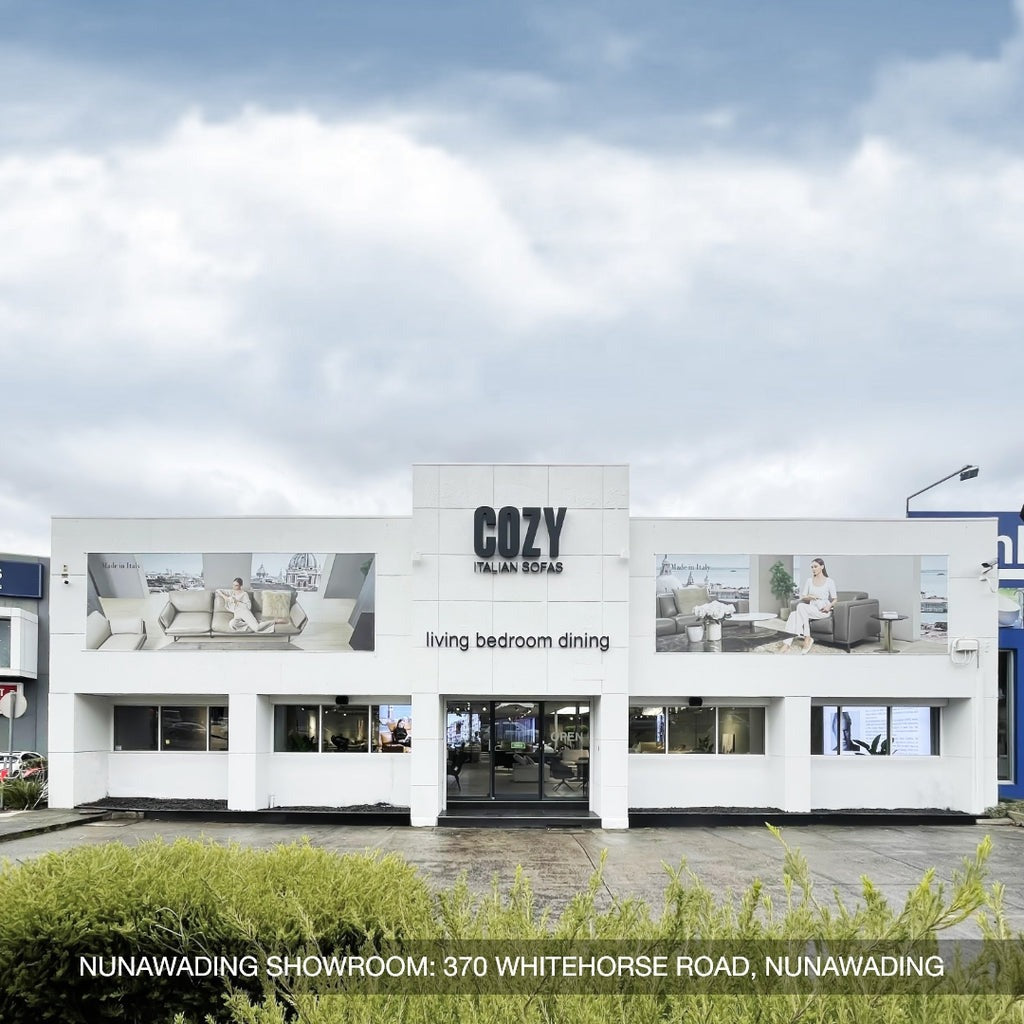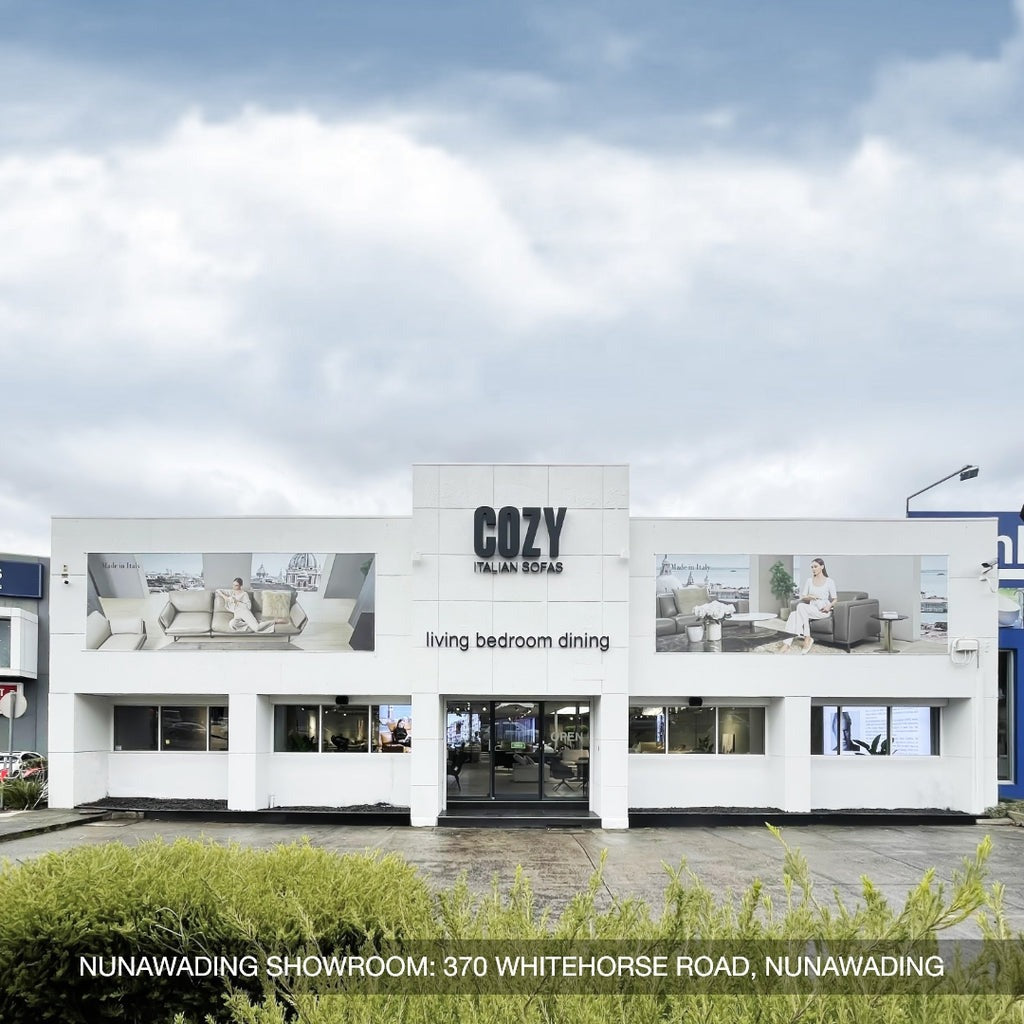The journey of designing a dining space entails more than just selecting furniture; it involves orchestrating a harmonious interplay of colors that resonate with the intended ambiance. Delving into the realm of color psychology in dining spaces, particularly when choosing the right hue for ceramic tables, introduces a fascinating exploration.
Understanding how to choose a dining table extends beyond aesthetics, delving into the nuances of psychology and color theory. In this intricate dance of design, the choice of color for ceramic tables becomes a pivotal element, influencing not only the visual appeal but also the mood and atmosphere of the dining experience.
How Does Interior Design Affect Mood?
Interior Design Has The Potential To Lower Stress Levels
Interior Design Has The Potential To Lower Stress Levels
Calming colors like blue, green, and lavender play a pivotal role in stress reduction, employing psychology colour theory to influence our nervous system positively. These hues, seamlessly incorporated into modern dining table settings, contribute to lowering blood pressure and slowing the heart rate.
Studies affirm the stress-relieving benefits of nature, encouraging the infusion of natural elements into the home, such as plants, flowers, and water features, to create a calming environment. Collaborating with a designer to establish an organized and efficient space is crucial, as a cluttered environment can be overwhelming and contribute to stress. Comfortable furniture further enhances stress reduction, with cozy chairs and sofas offering spaces for relaxation, while well-designed workspaces contribute to stress reduction during work activities.
Interior Design Has The Capacity To Enhance Cognitive Function And Productivity
Well-designed office spaces, enriched by increased natural light and improved air quality, foster heightened cognitive function and productivity. The belief is that control over one's environment, including the ability to adjust temperature and choose furniture, enhances creativity and engagement.

A well-designed environment, characterized by ample natural light and superior air quality, can contribute to heightened cognitive abilities and increased productivity among individuals.
Additionally, the stress-reducing attributes of a well-designed office space contribute to a sense of calm, vital for optimal cognitive function. This synergy of factors highlights the role of interior design in creating environments conducive to intellectual focus and enhanced work output.
A Thoughtfully Designed Space Can Evoke Positive Emotions And Offer A Sense Of Refuge
A well-designed space, curated with an understanding of color, light, texture, and pattern, has the power to inspire positive emotions and offer a sense of refuge. Utilizing psychology colour theory, a visually appealing and calming environment is created, promoting relaxation and comfort. Beyond emotional well-being, well-designed spaces enhance productivity and focus by incorporating elements that foster concentration and creativity. Whether at work or play, a thoughtfully designed environment becomes a haven that caters to various needs, reflecting the profound impact of interior design on our emotional and cognitive experiences.
How Does Psychology Colour Theory Affect Dining Space Design?
Warm Colors (Red, Orange, Yellow) And Their Effects On Mood And Energy
Warm Colors (Red, Orange, Yellow) And Their Effects On Mood And Energy
Psychology colour theory unveils a profound impact on the design of dining spaces, shaping not only the visual appeal but also the psychological ambiance. Warm colors like red, orange, and yellow, known for their invigorating effects, play a pivotal role in elevating mood and energy in the dining area.

These hues stimulate a sense of warmth and vibrancy, fostering an environment conducive to lively conversations and energetic interactions. When considering how to choose a dining table, By integrating warm tones into the dining space can be achieved through careful selection of upholstery, decor accents, or even the dining table itself, creating a cohesive and stimulating atmosphere.
Cool Colors (Blue, Green, Purple) And Their Influence On Relaxation And Calmness
Conversely, cool colors—blue, green, and purple—exert a calming influence on dining spaces, facilitating relaxation and a sense of tranquility. These cool hues are particularly effective in promoting a serene ambiance, ideal for unhurried and enjoyable dining experiences. When exploring dining room lighting tips, cool-toned lighting fixtures can enhance the calming effects of blue and green, contributing to an overall atmosphere of relaxation. Beyond their visual appeal, cool colors wield the power to influence diners' emotional states, creating a dining environment that transcends the ordinary and immerses them in a tranquil dining experience.
Neutral Colors (White, Gray, Black) And Their Versatility In Design
Neutral colors—white, gray, and black—offer a versatile canvas for dining space design, contributing to the adaptability of the environment. White exudes cleanliness and spaciousness, while gray and black bring sophistication and contrast. The neutrality of these tones allows for flexibility in decor, accommodating diverse design styles from minimalist to classic.

Neutral colors—white, gray, and black—provide a versatile foundation for dining space design, enhancing adaptability.
Understanding the psychological effects of interior design underscores the significance of neutral hues, as they can serve as a backdrop for personalized touches and accent pieces. Whether warm, cool, or neutral, the integration of psychology colour theory into dining space design transforms it into a dynamic and purposeful setting, influencing emotions and enhancing the overall dining experience.
How To Choose A Dining Table With The Right Hue For Ceramic?
Selecting Colors That Match The Existing Decor And Room Layout
Selecting Colors That Match The Existing Decor And Room Layout
Choosing the perfect dining table, particularly a ceramic dining table, involves a meticulous examination of various factors that seamlessly blend functionality and aesthetics. When considering how to choose a dining table, it's crucial to start with the existing decor and room layout.
The color of the ceramic surface should harmonize with the surrounding elements, creating a cohesive and visually pleasing environment. Selecting colors that complement furnishings and decor items ensures a balanced and well-integrated look, establishing the dining table as a seamless part of the overall design scheme.
Considering The Size Of The Dining Table And The Available Space
Size matters when it comes to dining tables, and this consideration goes beyond mere dimensions. The hue of a ceramic dining table should align with the size of the room, ensuring that the table doesn't overpower or get lost in the space. A harmonious balance between the table's color and the available space contributes to a comfortable and inviting dining setting.
Additionally, as part of the decision-making process, evaluating the lighting conditions in the dining area becomes paramount. Natural and artificial light influences how colors are perceived, impacting the overall mood. Choosing a ceramic hue that complements the lighting conditions enhances the ambiance, whether it's through bright and bold tones or softer, more subdued shades.
Evaluating The Lighting Conditions In The Dining Area
When selecting a dining table, particularly a ceramic dining table, careful consideration of lighting conditions is paramount. The play of light in the dining area significantly influences the perception of color, affecting the overall ambiance. In spaces with abundant natural light, bold and vibrant hues of the ceramic surface may thrive, creating a lively and energetic dining environment.

Light profoundly influences color perception, shaping the dining area's ambiance.
Alternatively, in areas with softer or artificial lighting, opting for subdued tones can enhance a sense of warmth and intimacy. Evaluating the interplay between light and color ensures that the chosen hue not only aligns with personal preferences but also adapts seamlessly to the lighting conditions, fostering a harmonious and inviting dining space.
Personal Preferences And The Desired Atmosphere
Personal preferences and the desired atmosphere play a significant role in the selection of the dining table hue. Good colors for dining rooms are those that resonate with the homeowner's tastes and preferences. Warm tones like earthy browns or rich reds can evoke a cozy and inviting atmosphere, while cooler hues like blues or greens contribute to a sense of freshness and calmness. Understanding how interior design affects mood is crucial; the right color palette can elevate the dining experience, fostering a positive and enjoyable atmosphere that suits individual preferences.
Budget Constraints And Cost Considerations
Budget constraints and cost considerations are pragmatic aspects that influence the decision-making process. Opting for a contemporary ceramic dining table offers a balance between style and durability, ensuring a worthwhile investment. While personal preferences may lean towards specific hues, it's essential to align these with a realistic budget. The potential for future renovations and updates is another layer to the decision-making process. A versatile ceramic dining table hue ensures adaptability to evolving design trends or changing personal preferences, making it a timeless and enduring choice.
The Potential For Future Renovations And Updates
Furthermore, the decision to invest in a ceramic dining table extends beyond the present, requiring foresight into the potential for future renovations and updates. The versatility of a ceramic table's hue allows it to endure changing design trends or evolving personal tastes. Opting for a timeless or adaptable color ensures that the dining table remains a versatile centerpiece that harmonizes with updated decor elements. This forward-thinking approach, grounded in the potential for future changes, transforms the dining table into a lasting investment that transcends immediate aesthetics, providing enduring value and style to the evolving narrative of the home.
Conclusion
The intersection of how to choose a dining table and the nuances of psychology colour theory unfolds a narrative where aesthetics meets emotion. Selecting the right hue for ceramic tables in dining spaces extends beyond visual appeal, delving into the profound impact of color on mood and ambiance.
By marrying personal preferences with the psychological effects of color, one crafts not just a dining setting but an immersive experience. The chosen ceramic hue becomes a conduit for both style and emotion, transforming the dining space into a haven that resonates with individual tastes and fosters an atmosphere of comfort and delight.





